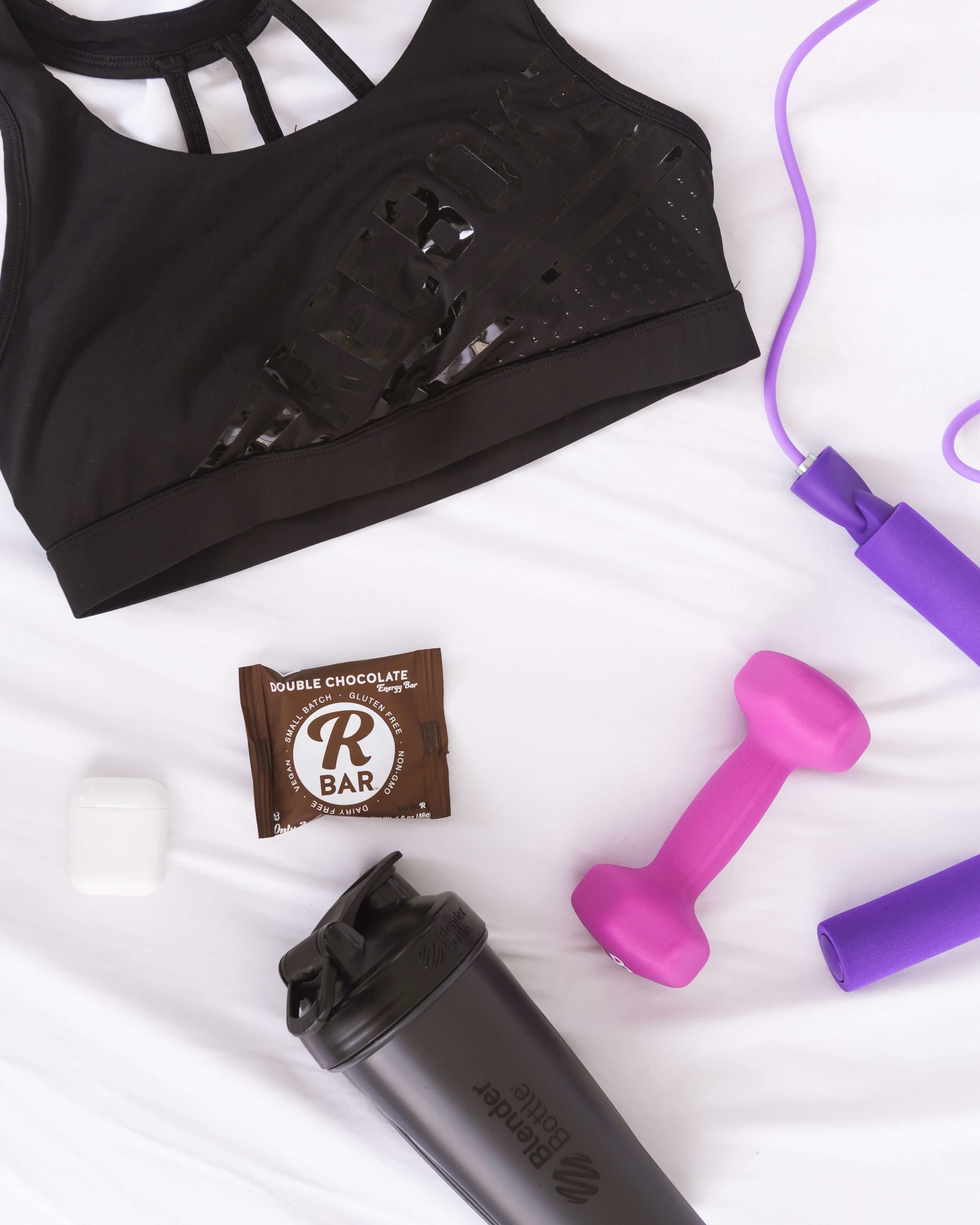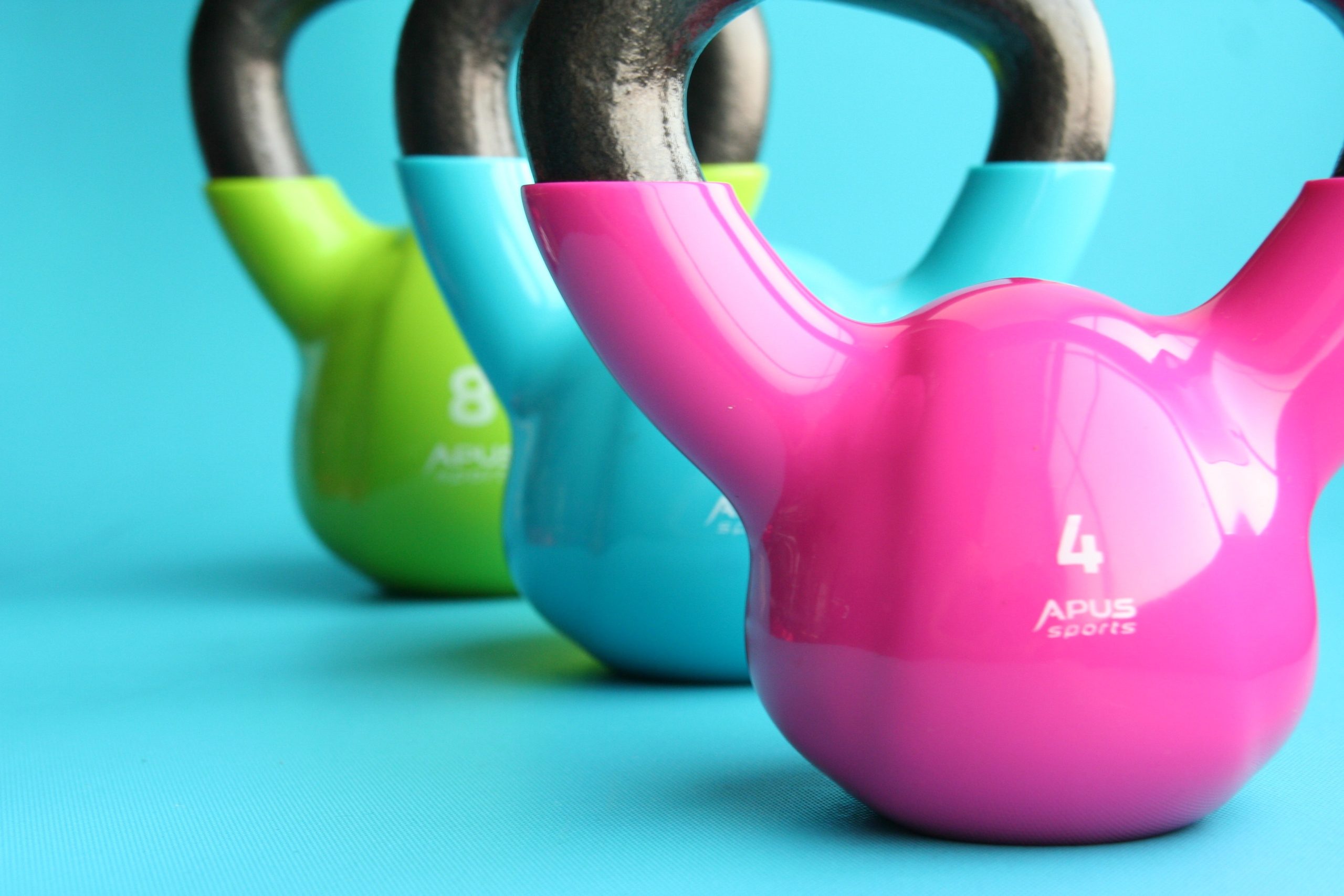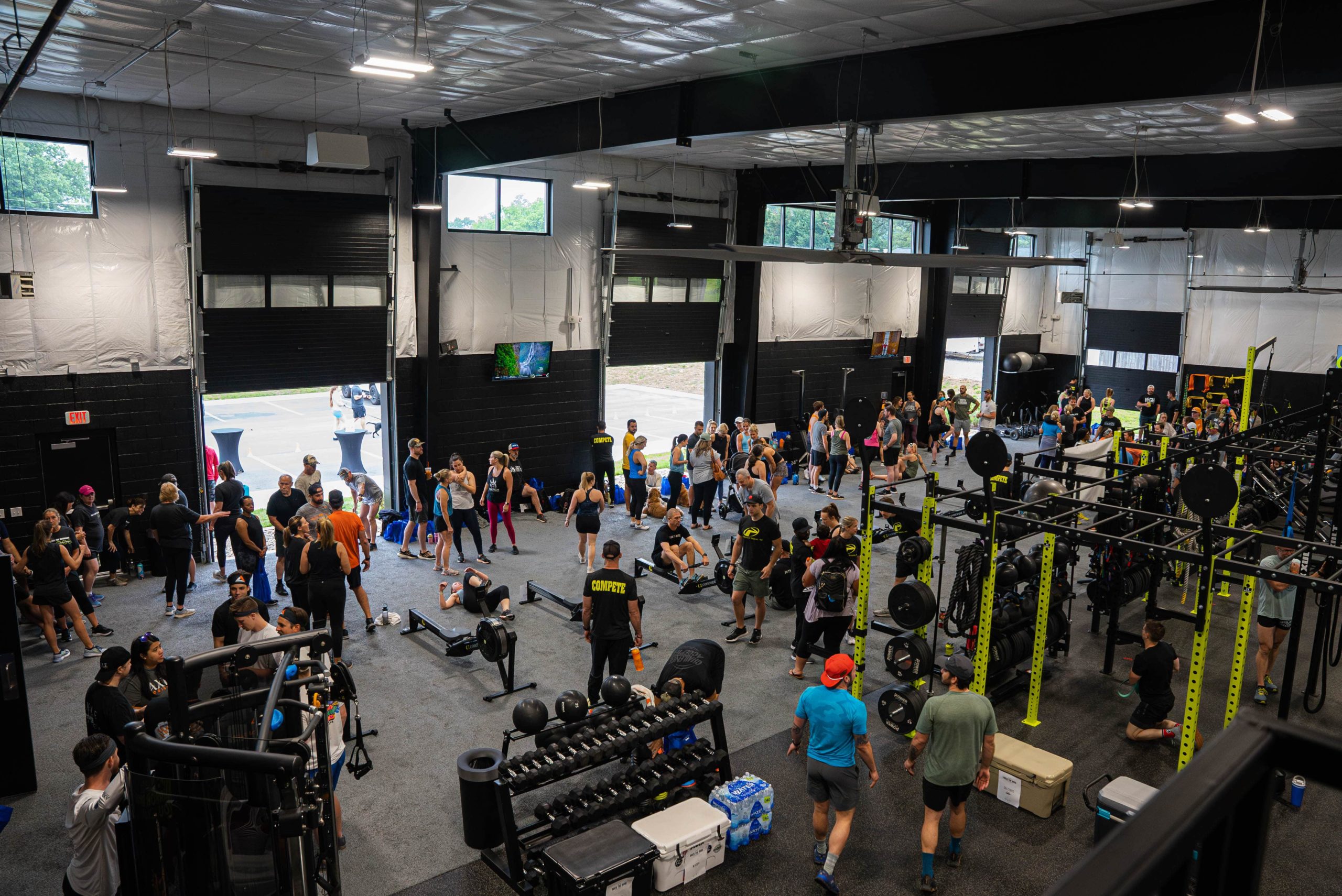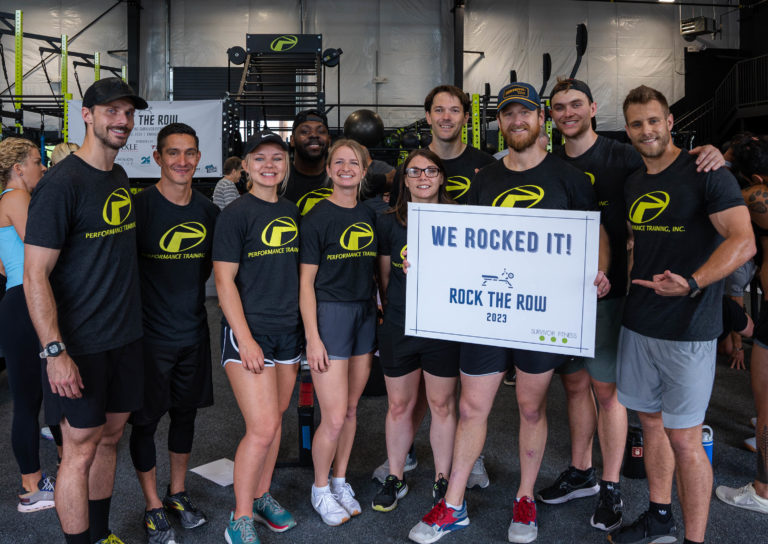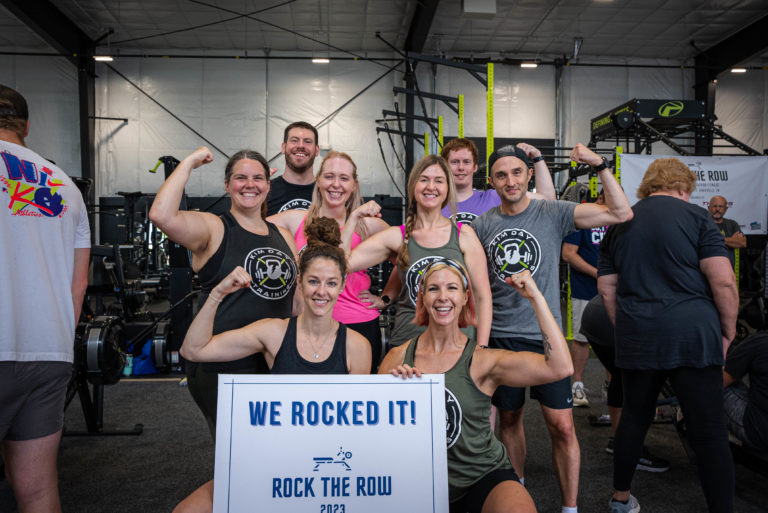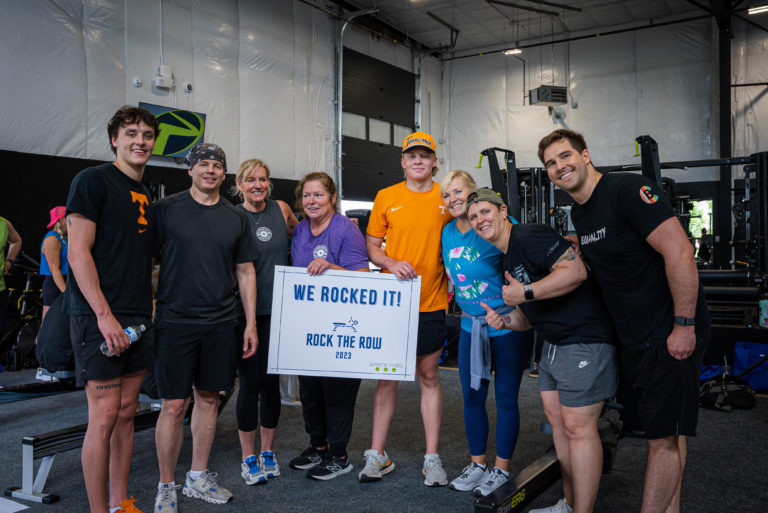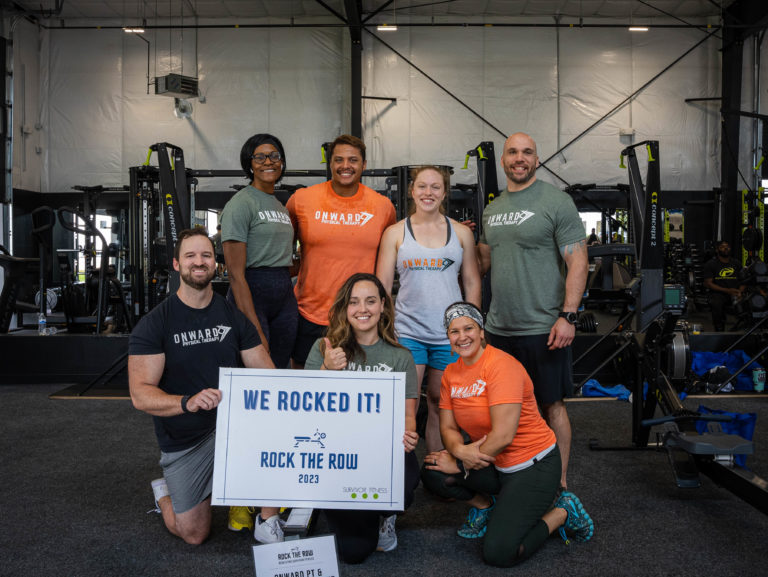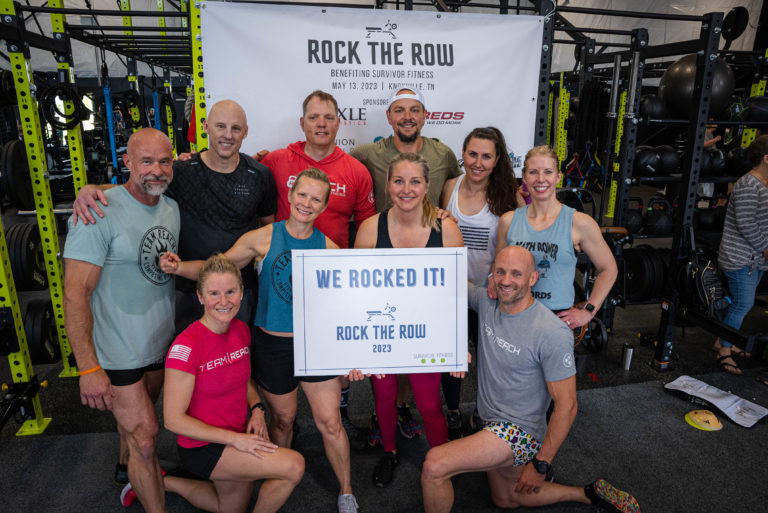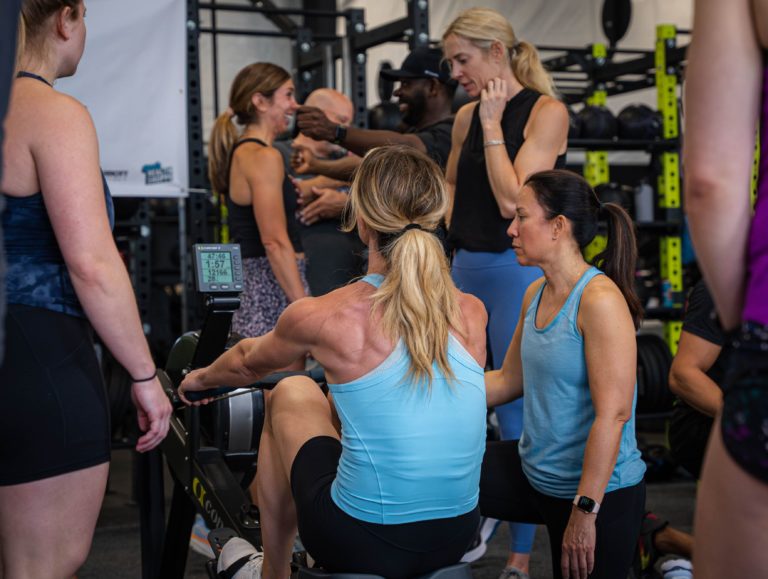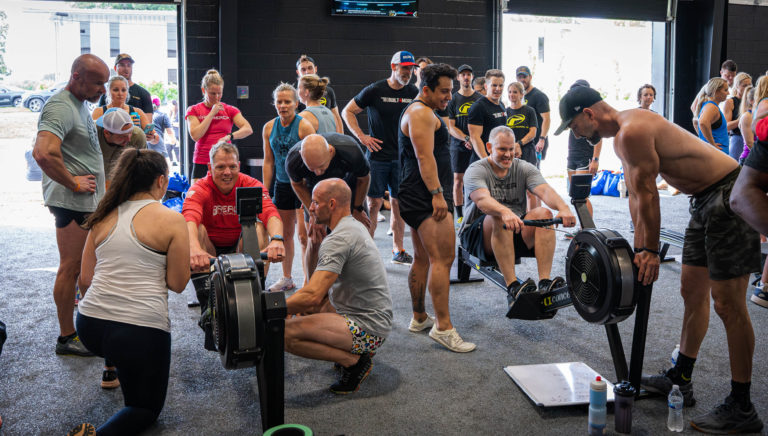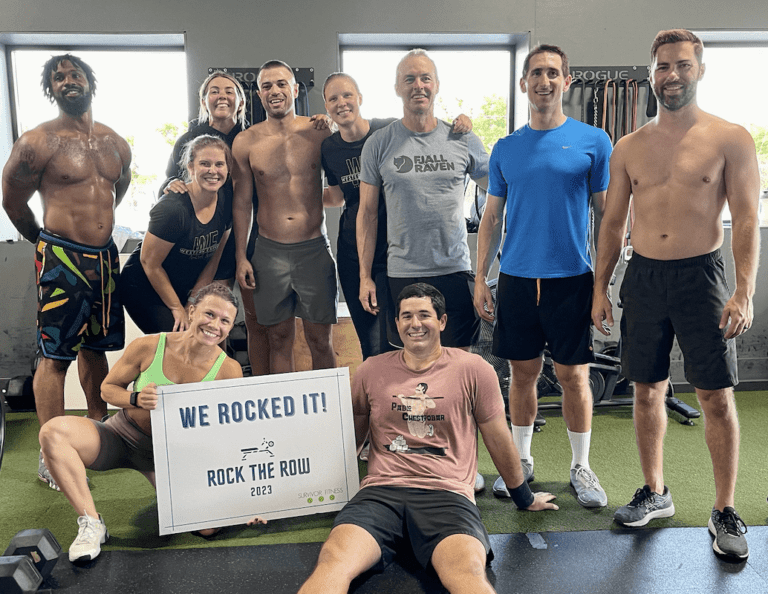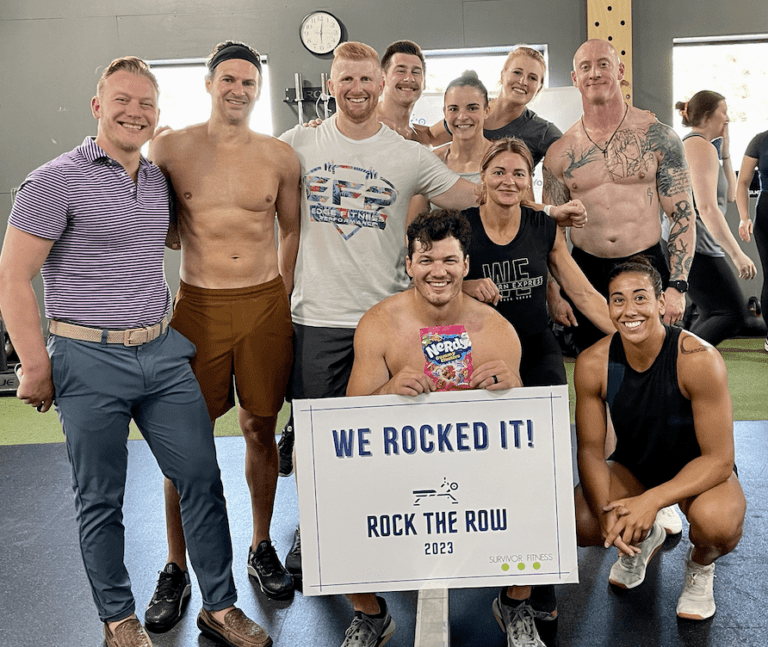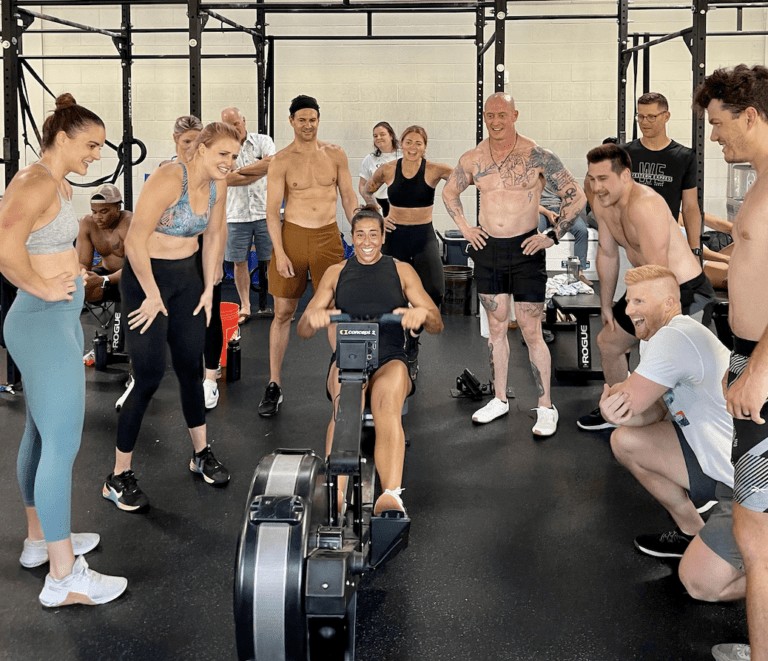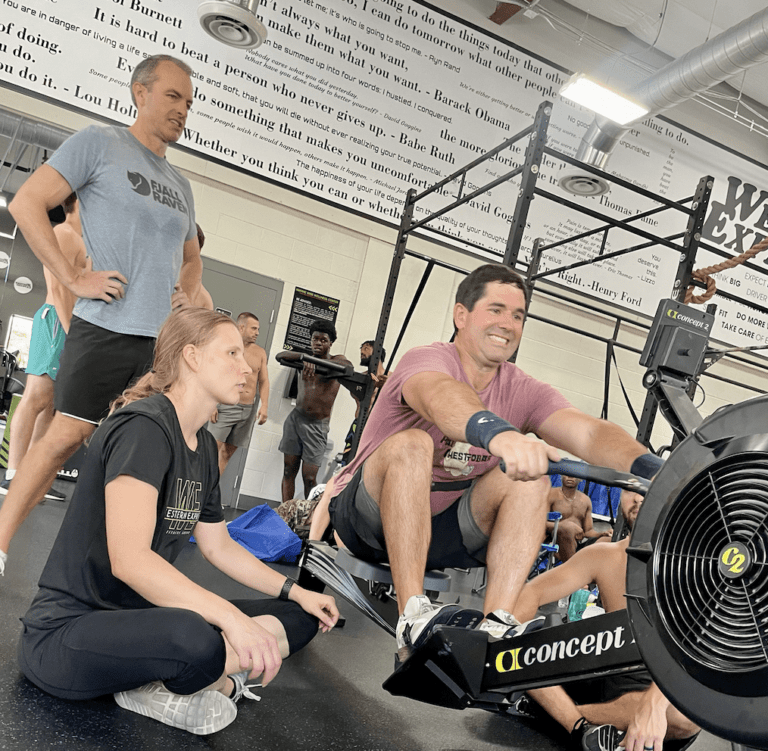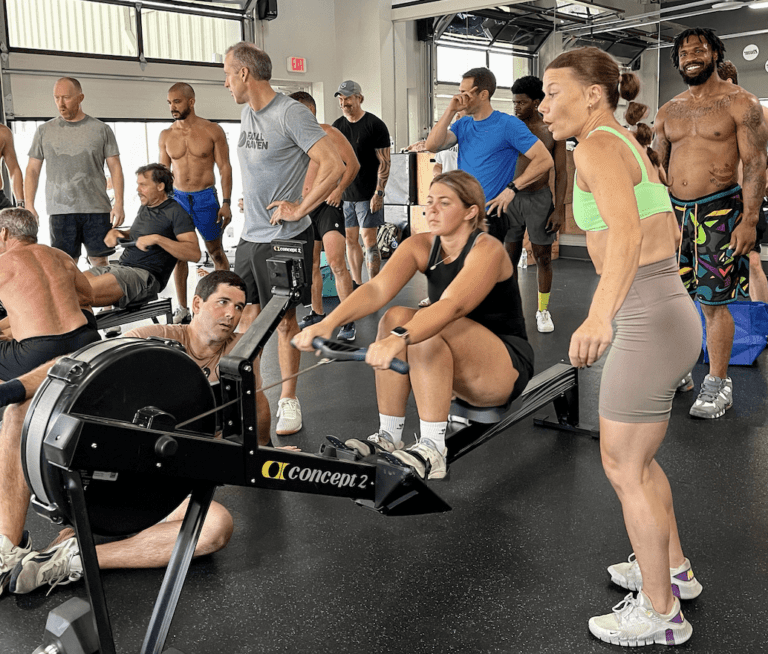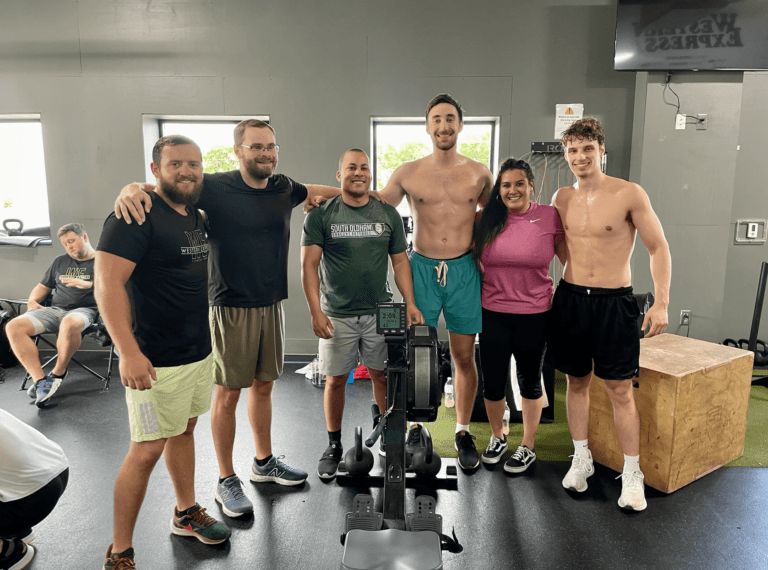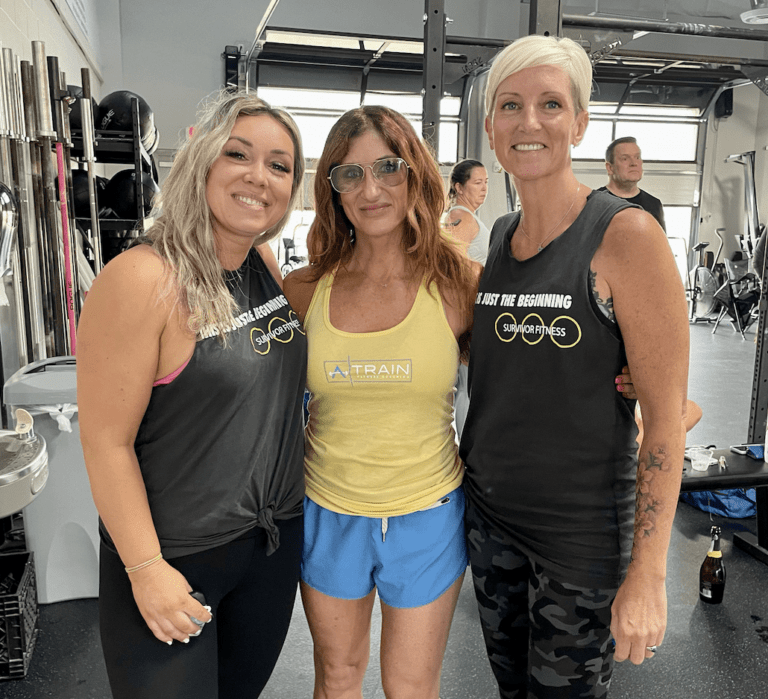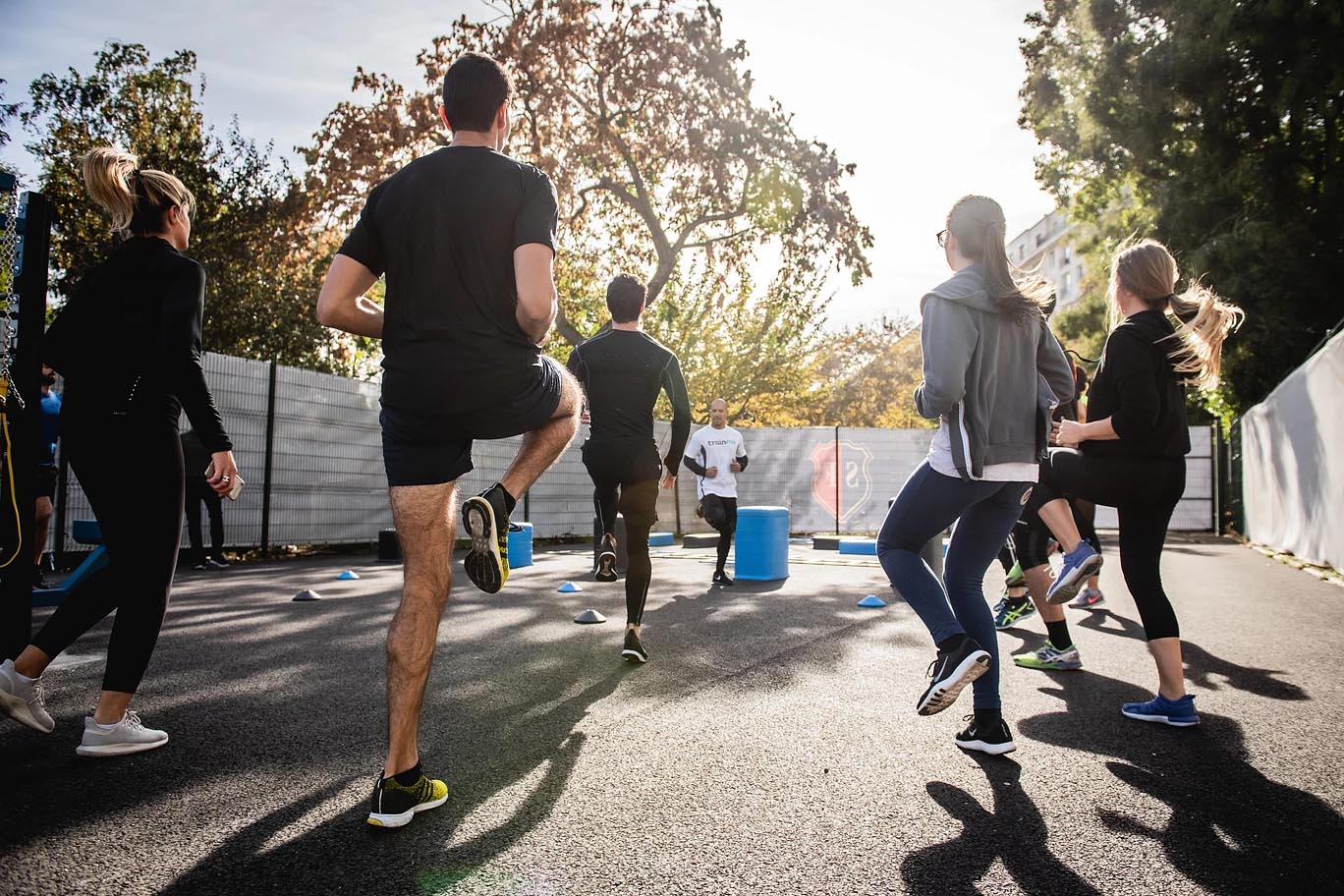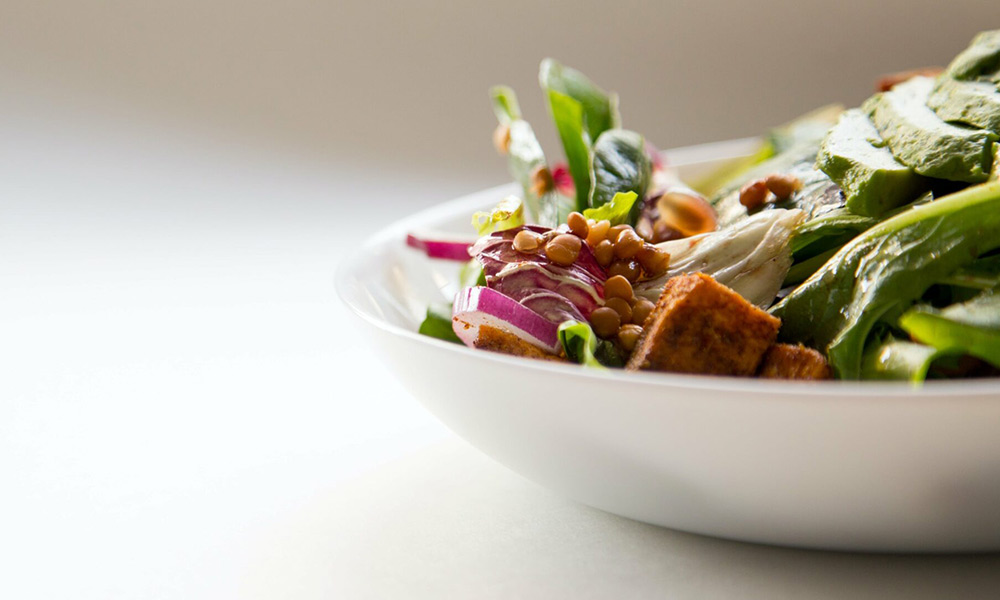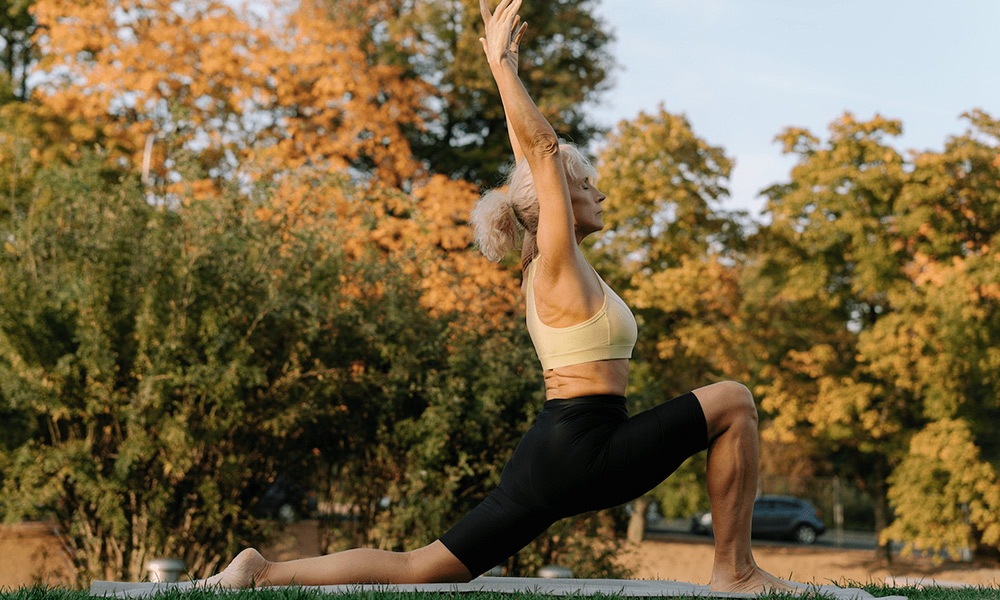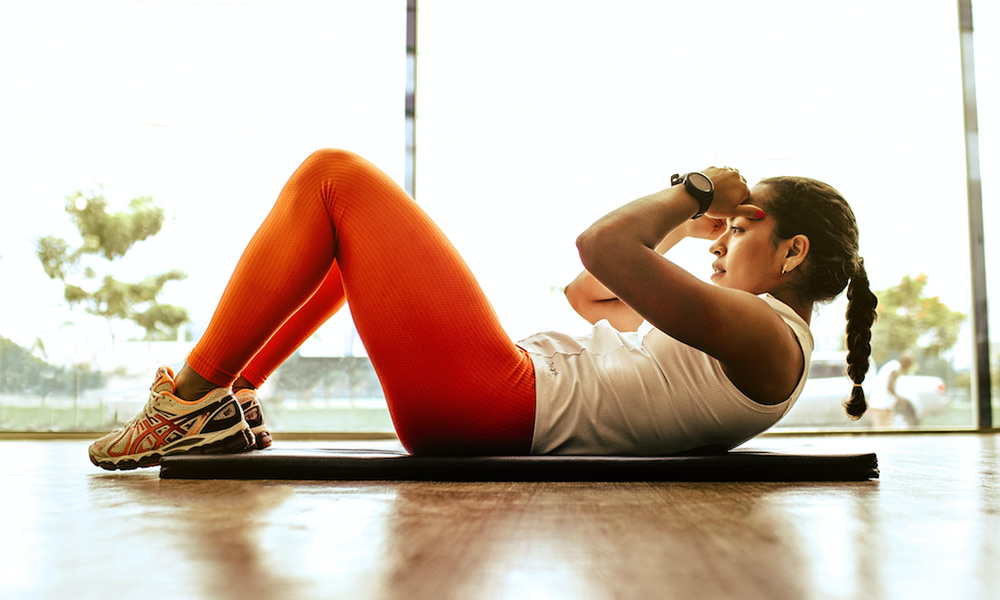Fatigue is a common and often debilitating feeling. It can affect anyone, especially as people age, but it can be particularly challenging for cancer survivors. The journey of battling cancer can take a toll on both the body and mind, often leaving survivors feeling mentally drained and physically exhausted. While there is no one-size-fits-all solution, incorporating a well-balanced nutrition plan can play a crucial role in managing fatigue and boosting energy levels for people who experience fatigue.
At Survivor Fitness, most of the cancer survivors who participate in our program are dealing with a level of fatigue they’ve never experienced before — often caused by various factors, including cancer itself, treatment side effects, and changes in lifestyle.
In this article, we wanted to highlight a few best practices that our registered dietitians and nutritional specialists share when it comes to managing fatigue and increasing energy levels:
Practice Mindful Eating
Mindful eating can also make a significant difference in managing fatigue. This approach to intuitive eating includes paying attention to your body’s hunger and fullness cues and eating slowly to enhance digestion. Mindful eating can help prevent overeating and promote better nutrient absorption.
If you want to learn more about mindful eating or how to incorporate it into your meals, here are some helpful resources to get started:
Prioritize Healthy Meals and Snacks
One of the foundations of fatigue-fighting nutrition is to focus on whole, energy-boosting foods. This means choosing recipes that are nutrient-dense, such as fruits, vegetables, whole grains, and lean protein. These foods provide essential vitamins, minerals, and antioxidants that support overall health and vitality.
Here are a few of our favorite articles to help you start incorporating whole foods and healthy snacks into your weekly routine:
- Quick and Healthy Meal Ideas When You Don’t Feel Like Cooking
- 4 Tips to Stock Your Kitchen with Nutritious Foods
- 10 of Our Favorite Healthy Snacks
Avoid Quick Fixes
While caffeine and sugary foods may provide a quick energy boost, they often lead to increased fatigue later on. Sometimes, these foods can cause even more significant dehydration. Limiting your caffeine intake and opting for healthier alternatives like natural sweeteners are simple but effective ways to improve fatigue.
Here are some of our favorite simple switches that can help you avoid the processed sugars or refined carbohydrates in your diet:
Stay Hydrated
Drinking fluids is essential for maintaining energy levels. Water is vital for various bodily functions, including circulation, digestion, and regulating body temperature. If you’re feeling sluggish, a simple first step is to drink plenty of water throughout the day. You may also consider incorporating hydrating foods like water-rich fruits and vegetables into your meals. Cucumbers and melons are great options!
You can form dozens of different habits to ensure you drink enough water throughout the day. Here are a couple of inspirational resources to get you started:
A program designed to combat cancer-related fatigue for survivors
Fatigue is a challenging obstacle that many cancer survivors face, but a well-considered nutrition plan can be a powerful tool for managing it. It’s important to remember that each person’s journey is unique, so consult with a healthcare professional or registered dietitian to tailor a nutrition plan specific to your needs and preferences. With dedication and informed choices, you can pave the way to a healthier, more energized life after cancer.
If you’re a cancer survivor looking for more nutritional guidance and support, Survivor Fitness can help with a personal fitness plan to help you regain control of your life. We’d love for you to learn more about our program or apply today.
